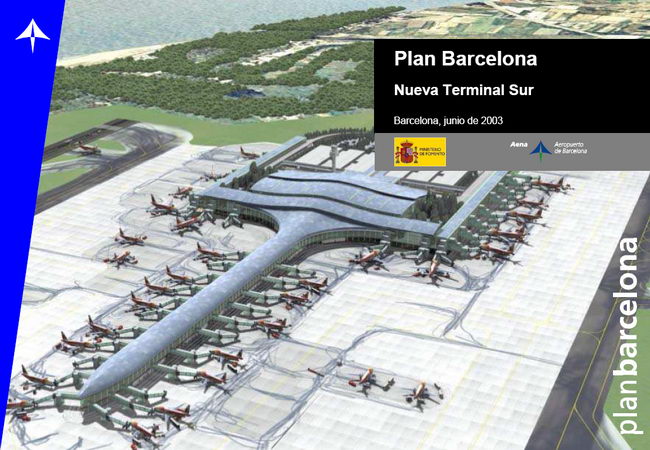Simulation of the NAT (Nova Àrea Terminal) of the Barcelona International Airport
The airport management is hard job because a lot of flows converge in different terminal spaces. Each of this flows have its own personality and characteristics, and of course is necessary to know the structure and quantity of each of them in order to manage the different airport spaces, and try to avoid bottlenecks. Spaces requirements calculus, in an airport, are based typically in differential equations, or queuing theory. These approximations however, are not the better solution if we want a precise approach to the reality, or if we need a model that can be defined with a lot of different parameters. Our project are based in the necessity of know the different new Barcelona Airport international terminal bottle necks, before its real construction. This goal determines the simulation model construction necessity. The simulation model was developed, closer to the reality, in order to return the most realistic data about the possible collapse of certain critical areas of the NAT. Check in, tickets exposure, baggage carrousel, and many others limited resources determine the quality level of an airport, and in a complete new design is very difficult know the appropriate dimension of each area, obviously because is difficult to predict the behaviour of the different flows, (for instance the passengers flows).

Internet reference:
http://logisim.fib.upc.es/logisim/public/jsp/web/1_3_3_1.jsp
Video NAT
This video shows the NAT model.
|
This video shows the execution of some of the areas represented in the model. The model was defined using SDL languaje and implemented using Witness 2003. |